An extraordinary event takes place in the heart of a bustling urban centre, on a heavily trafficked thoroughfare. An individual suddenly drops to the ground, exhibiting involuntary shaking movements reminiscent of a seizure. As observers’ attention is drawn and their gaze is focused onto this distressing spectacle, there is a notable absence of prompt intervention. The only sound that disrupts the unsettling quietude is the sorrowful weeping of the man, as no one extends any aid. The lack of strong establishment in their position is not primarily attributed to a deficiency in compassion, but rather to a notable psychological phenomenon known as the Diffusion of Responsibility.
This blog provides an examination of the historical background, underlying factors, and resultant consequences of the bystander effect, offering readers an insightful journey into its perplexing realm.
The Bystander Effect
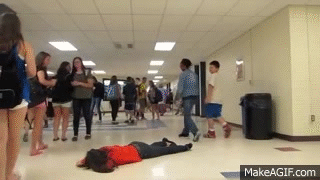
The bystander effect, in which people’s willingness to act lowers in large groups, is well-known. There is less likelihood of receiving assistance when there are more individuals nearby. This puzzling behavior can be attributed to the belief that someone else will take responsibility, creating a collective paralysis.
The Smoke-Filled Room Experiment
In the late 1960s, researchers John Darley and Bibb Latané conducted a groundbreaking experiment that shed light on the bystander effect. In a room gradually filling with smoke, they observed how participants reacted when alone versus when accompanied by others. Astonishingly, when alone, 75% of subjects reported the smoke immediately. However, when placed in a group where others ignored the smoke, only 10% of participants alerted the researchers.
This experiment underscored the intricate series of decisions involved in responding to an emergency:
•Notice a problem.
•Determine if it’s an emergency.
•Decide to take personal responsibility.
•Identify necessary actions.
•Take action.
The complexity of these decisions, coupled with the pressure of the moment, ambiguity, and potential personal risk, makes it challenging for bystanders to intervene.
The Power of Personal Connection
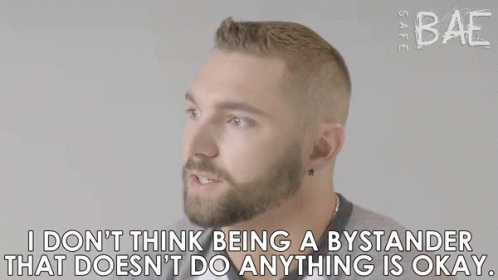
People are more likely to help when they have a personal connection or knowledge of the person in distress. A simple look or request for assistance can activate the sense of personal responsibility and compel someone to act. Moreover, individuals with specific training, such as first aid and CPR, are more likely to provide assistance.
Factors Affecting Diffusion of Responsibility
Researchers have identified several factors that can influence the occurrence of diffusion of responsibility. Not knowing the victim and expecting someone else to help are major deterrents. The absence of a personal connection often leads to inaction.
The bystander effect isn’t limited to street incidents. It also manifests in various aspects of daily life. Ever been part of a team where not everyone pulls their weight? That’s a form of diffusion of responsibility, and it’s referred to as social loafing. In such situations, people feel less motivated to contribute to a common goal, and some might even actively hide their lack of effort.
A far more consequential manifestation of this phenomenon occurs within hierarchical organizations. Employees who assert that they are adhering to instructions may seek to excuse themselves from engaging in unethical conduct. The aforementioned relationship had a pivotal role during significant historical events, notably the Nazi Holocaust.
The bystander effect is a complex and compelling psychological phenomenon that reveals the intricacies of human behavior when surrounded by others. While it might seem discouraging, understanding its roots can empower individuals to take action and break free from the grip of diffusion of responsibility. In a world full of bystanders, be the one who defies the norm and offers help when it’s needed the most. After all, heroes are often born when they stand alone in a sea of witnesses.

Also Read: The Intrusive Paparazzi – A Glimpse into the Lives of Hollywood Icons



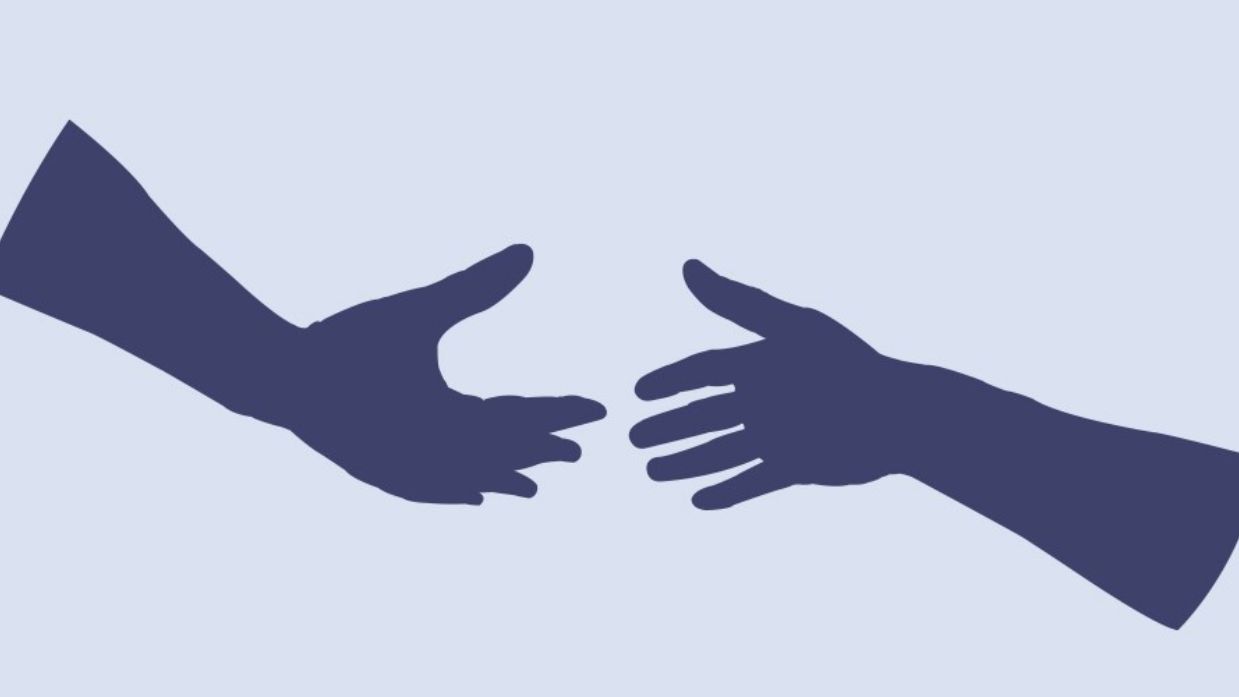
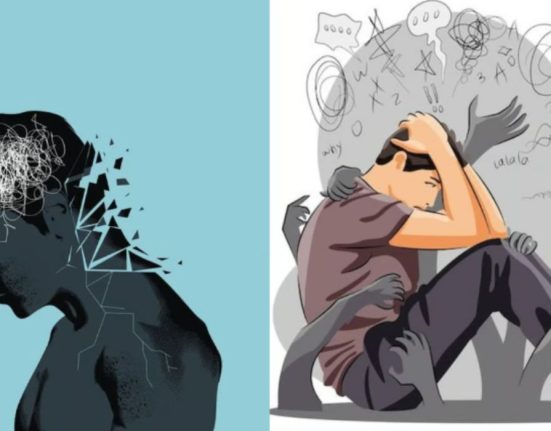
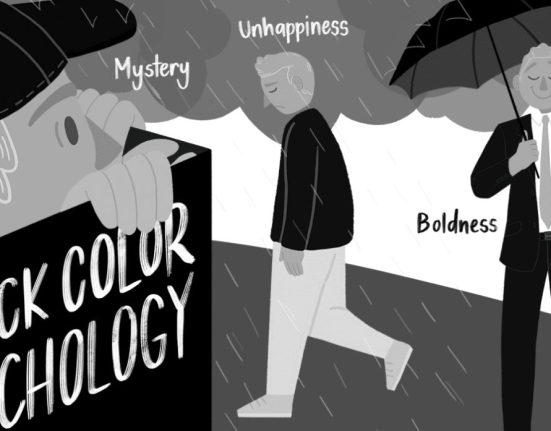

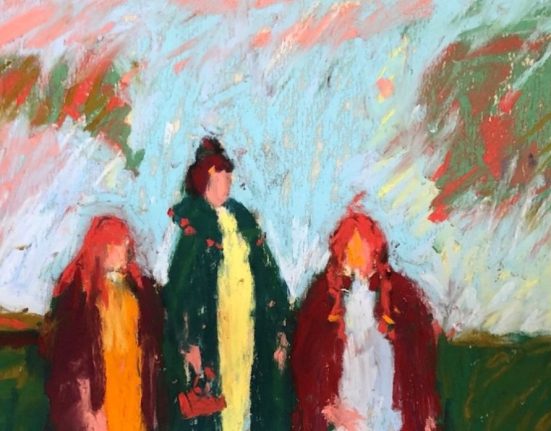
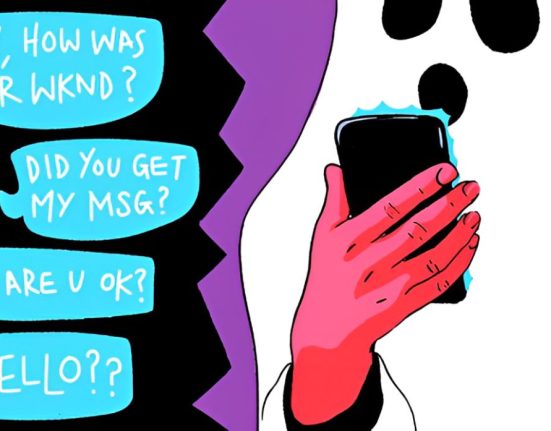
Leave feedback about this